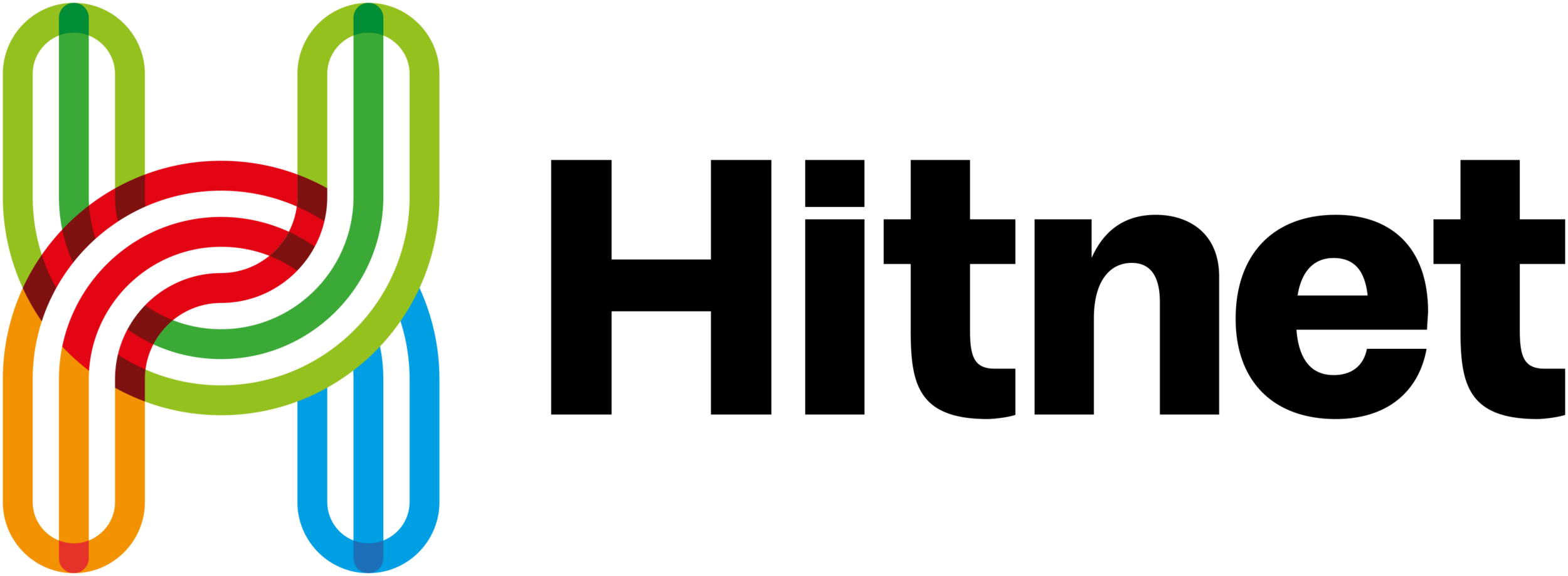More than just bridging the digital divide
The past twelve months has seen an acceleration in digital transformation globally, with tech buzzwords such as the Internet of Things, Blockchain and AI becoming mainstream. Global tech company Intel, predicts there’ll be 200 billion smart devices in use by 2020 and around 26 smart objects for every human being on the planet. While some of these changes are worthwhile and enabling, others just add further complexity to our lives.
Then there are the opening, sobering words of the documentary “The Third Industrial Revolution”, featuring economist Jeremy Rifkin: “The global economy is in crisis and economists warn that we face another 20 years of declining productivity, slow growth, steep unemployment and increasing inequality”. With his prognosis plus the impact of real-time climate change, it’s a moral imperative to leave the “fossil fuel age” behind and move to a new smart digital infrastructure.
Rifkin predicts that by 2030, a global “Internet of Things” (IoT) platform will even the playing field by bypassing “centralised middlemen” with a distributed global eco-system, enabling access to the economy for all. But how do we make sure people have the necessary access to join this third industrial revolution without succumbing to the threats that the internet poses?
The annual ‘Australian Digital Inclusion Index’ findings released by Telstra and RMIT in August 2017 found that around 3 million Australians (12% of the population) are digitally excluded.
That is, they don’t have easy access to the internet due to lack of affordability, accessibility or digital competency. The groups most at risk of remaining on the other side of the ‘digital divide’ are older Australians, people with disabilities, people living in regional and rural areas (note: remote areas haven’t been included in the ADII, to date), Aboriginal and Torres Strait Islanders, people with lower levels of education and income.
At Hitnet, our work has a clear focus on the digitally excluded and marginalised communities. Our vision is to build vibrant, healthy and digitally capable communities, engaged in the digital economy all over the world. So how do we plan to make sure that the “Internet of Things” platform is available for the hardest to reach so they can be part of this new industrial revolution? How do we guide them past the obstacles of the ‘dark net’ and groups with misaligned values and intentions?
Hitnet’s digital platform is co-designed with the communities we’re located in. We’ve developed innovative, co-created experiences that break down barriers to connection, access and information. For example, our world first ‘Mobile Max’, is a tough outdoor mobile hub that is transported to where people need him most - one day at the local football carnival, the next in a language centre. And by connecting people to free WiFi hotspots, we’re improving access through easy-to-use touchscreens and mobile phone experiences for people of all levels of digital literacy.
We’re an innovative global technology company, and we’re so excited for what’s next.
